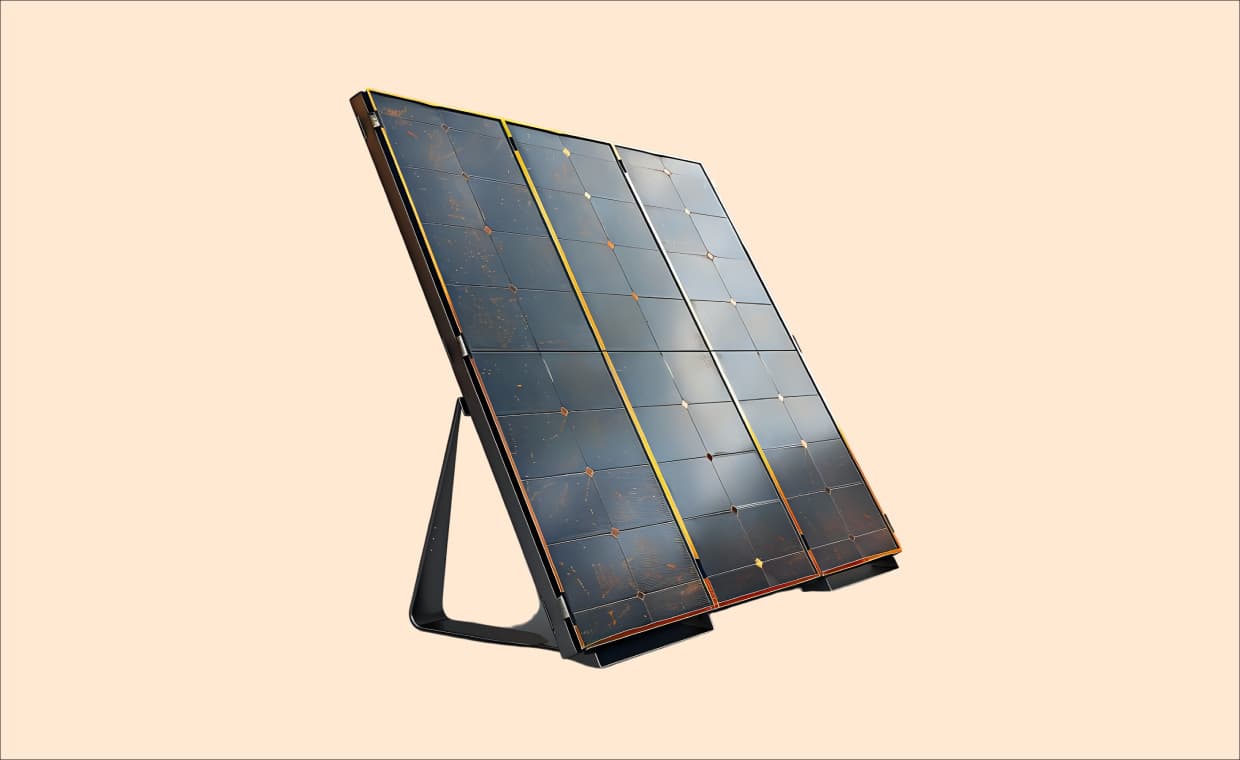
As we face the challenges of climate change, sustainable energy solutions are in high demand. Among them, solar energy is one of the easiest energies to use. All you must do is install solar panels and harness solar energy. You’ve likely seen traditional solar panels on rooftops and solar farms; they are often opaque and bulky. However, a new player is making waves in the solar industry: transparent solar panels. Let us dive deep into transparent solar panels, their types, applications, pros, and cons in this article.
What are Transparent Solar Panels?

Transparent solar panels are photovoltaic devices that convert solar energy into electricity. Transparent solar panels are either fully transparent or partially transparent. Unlike conventional solar panels, which are dark and opaque and absorb all incoming light, transparent solar panels allow visible light to pass through and absorb invisible light. The invisible spectrum of light includes ultraviolet (UV) rays and infrared (IR) rays. The transparency of these solar panels, along with their photovoltaic properties, gives them the potential to be used in place of regular glass.
Types of Transparent Solar Panels
Transparent solar panels are of three types based on their transparency and their making.
01. Partially Transparent Solar Panels
These panels are translucent and transmit 60% visible light and absorb non-visible light (UV and IR) to generate electricity. They provide a balance between transparency and efficiency.
- Organic Photovoltaics (OPVs): These use organic salts to absorb invisible wavelengths of light (UV and IR) and transmit visible light. They are a perfect fit where moderate transparency is acceptable, like south-facing windows.
- Dye-Sensitised Solar Cells (DSSCs): These solar panels use dyes that absorb UV and IR light. The addition of dye gives them a colour and hence they are often used in decorative window glass.
02. Fully Transparent Solar Panels
These panels transmit all visible light and resemble regular glass. They absorb inviable light (UV and IR) and convert it into electricity. Their efficiency is low, but they are highly aesthetic, which increases their application. When compared to regular glass, these panels are a better option as they act as photovoltaic devices.
- Transparent Luminescent Solar Concentrators (TLSCs): These use luminescent dyes or quantum dots to absorb invisible light.
- Quantum Dot Solar Cells: Quantum dots are nanoscale particles used to make solar cells, giving them full transparency.
03. Semi-Transparent Solar Panels
These panels have a transmittance below 100%, but their transparency is higher than that of partially transparent solar panels. They are better options for large windows and greenhouses.
- Perovskite-Based Transparent Solar Cells: These solar cells use perovskite material to form a solar cell.
- Organic Photovoltaics (OPVs): By varying the content of organic salts, OPVs are made semi-transparent. They are suited for skylights and facades.
Advantages of Transparent Solar Panels
- Transparent solar panels blend seamlessly with the structures without compromising on aesthetics.
- They can be incorporated into windows, skylights, facades, car sunroofs, etc. This saves the additional space required in the case of traditional solar panels.
- These panels expand the opportunity for self-sustaining buildings, thereby reducing carbon footprints.
- The panels have superlative heat tolerance, so they do not require ventilation to achieve optimal performance. They also function at higher efficiency over a greater amplitude in the temperature range.
- Their flexibility in application makes them the best choice of material compared to regular glass.
Drawbacks of Transparent Solar Panels
- The efficiency of transparent solar panels is low (5% to 10%) compared to traditional solar panels.
- These panels are expensive because of their production costs and the technology used.
- The durability of transparent solar panels is not assured yet. There are chances that the organic matter used in its production might disintegrate with time.
- As these panels are made with glass, they are prone to breaking.
Applications of Transparent Solar Panels

- Building-Integrated Photovoltaics (BIPV) are easy to integrate into buildings. They can be used in windows, facades, and skylights.
- Fully transparent solar panels can be used in electronic devices such as smartphones, tablets, and wearables.
- These panels can also be integrated into the windows and sunroofs of cars.
- Since the greenhouse is made with regular glass, these panels are well-suited for greenhouse construction.
Conclusion
Transparent solar panels are an amazing innovation in the field of solar energy. They strike a balance between efficiency and aesthetics. Their varied application holds a great opportunity in the future. However, more data is required from the users for the greater improvement and to help others choose. If you have already installed one of them, please share your review with us. Our experts will include your feedback in our above content.
Must Read Green Homes: Step Towards Sustainable Home Developments!






























